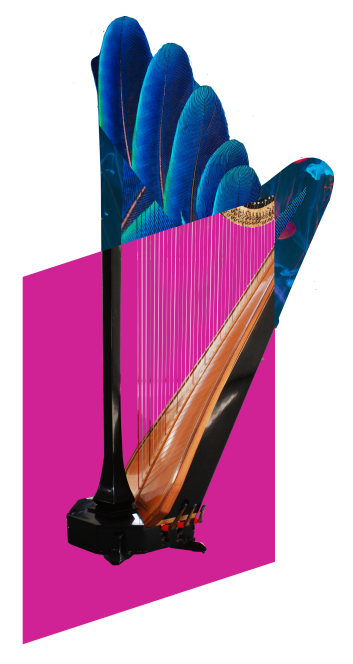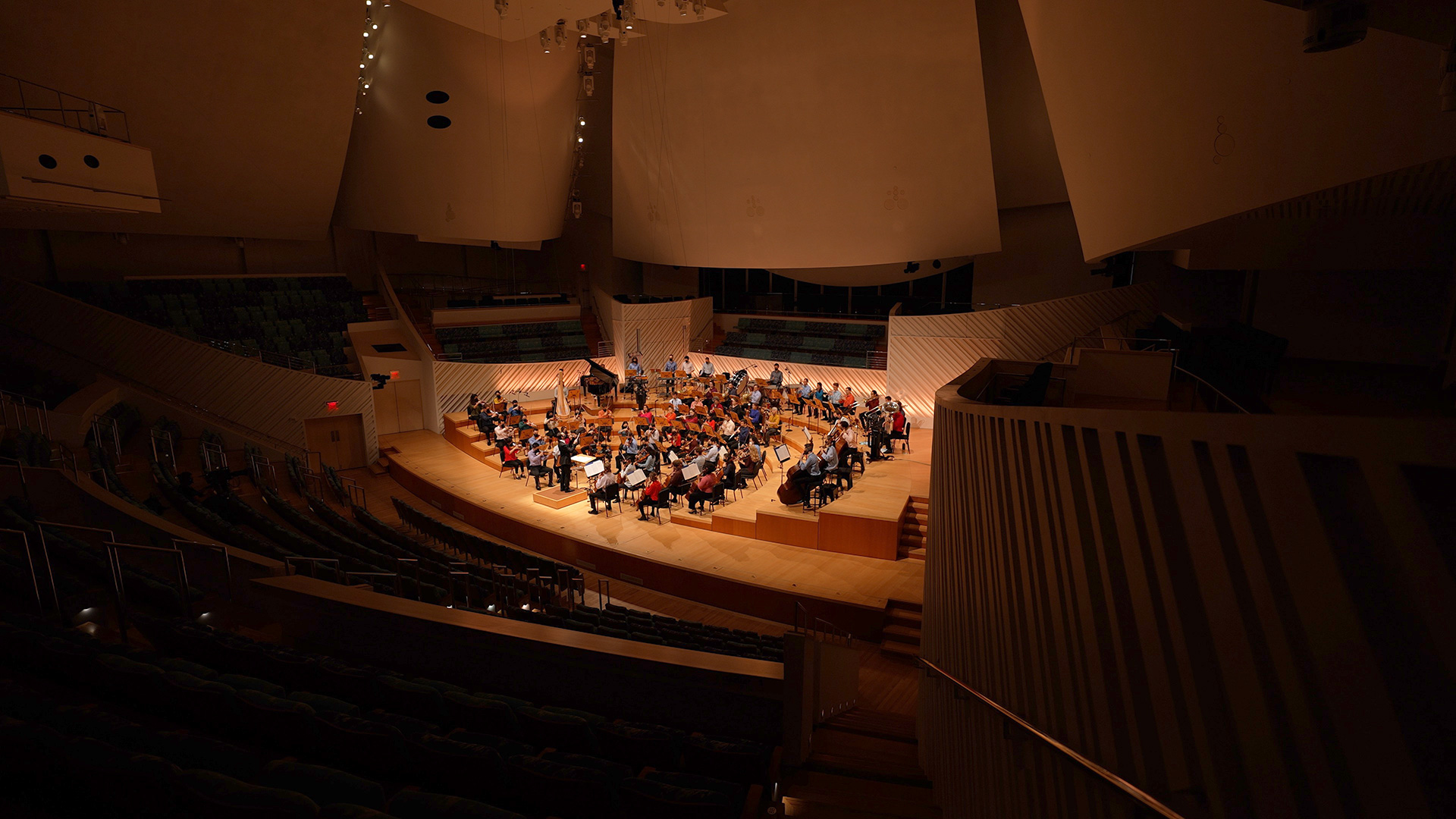Musical Moods

Goals
Audience will explore musical styles, emotions, or genres.
Overview
Play a piece, experimenting with different musical styles or emotions. Ask which emotion or style the audience would like to hear, and reflect on the effect of the stylistic change.
Process
- Pick a passage in your piece that has a bass line and melody, or that you think would be appropriate for emotional/stylistic manipulation.
- Choose what styles or emotions you’d like to explore. You can emphasize style (blues, rock, jazz, baroque, classical, romantic), or emotion (sad, happy, angry, scared), or any other combinations you can think of.
- Recompose this section to fit each of the styles selected. Think rhythmic changes, minor/major mode changes, changing the scale, adding new elements, etc.
- In the performance, either demonstrate some of your preselected styles (Interactivity Level 2), or ask the audience which styles they’d like to hear (Interactivity Level 3).
- Optional: After performing the passage in a/each style, ask the audience how they felt the changed passage affected the music. Make sure to validate the audience responses. (Interactivity Level 3)
Audience Type

What does this activity look like in action?
Example Script:
Piece: Mozart – Rondo Alla Turca
Performer:
Music can display a HUGE variety of styles and emotions. For our next selection, we’re going to explore how one piece might sound in a few different styles. First, let’s hear the piece as the composer wrote it.
(Perform Rondo Alla Turca once.)
Up on our screen/board/etc, we have our list of different styles we can transform this piece into. I’d like a volunteer from the audience to choose our first new rendition of Mozart’s tune.
(Perform from that selection)
Now, *VOLUNTEER*, how was that different from the original version? Did you like the changes we made?
(Can repeat as many times as you’d like)
Style examples: Baroque – highly ornamented, Jazz – in a swing style, Romantic – out of tempo, more dense harmonies, Modern/minimalistic – repeat/fragment one phrase with reduced/halved accompaniment, etc.

Modifications
- Can be modified to Interactivity Level 1 with short demonstrations of style.
Notes
- “Rhythmic Roulette” is a similar activity. Feel free to explore pairing/exchanging options between them.
Create interactive performances. We have activities to help you connect with your audiences.


